Disclosure: This article contains affiliate links. We may earn a commission from purchases at no extra cost to you, which helps our travel content.
When most travelers think of Rwanda, their minds immediately jump to misty mountains and the soul-stirring experience of gorilla trekking. But let me tell you, amigos, there's a whole other dimension to this remarkable country that deserves your attention. After spending a week in Butare (now officially Huye, though locals still use both names interchangeably), I discovered Rwanda's cultural heartbeat—a place where tradition and progress dance together like ingredients in a perfectly balanced sauce. This southern city, once the colonial capital, now serves as Rwanda's intellectual and cultural center, offering families a chance to experience the country's rich heritage through museums, university life, and some of the most incredible food markets I've had the pleasure of exploring. As a chef who sees every destination through the lens of its cuisine and community, Butare revealed itself to me as a feast for all senses—one that tells the complex, beautiful story of Rwanda's past, present, and promising future.
The Ethnographic Museum: Rwanda's Cultural Treasure Chest
If Butare is Rwanda's cultural heart, then the Ethnographic Museum is its soul. Housed in a stunning building gifted by Belgium's King Baudouin in the 1980s, this museum isn't just Rwanda's finest—it's one of Africa's most impressive cultural institutions.
Walking through its seven galleries feels like traveling through time. The museum chronicles Rwanda's pre-colonial social structures, traditional crafts, and agricultural practices with such thoughtful curation that even my partner's normally museum-averse 10-year-old nephew was completely captivated. What struck me most was how the exhibits don't shy away from Rwanda's complex history while celebrating its cultural resilience.
The basket weaving displays particularly moved me—intricate agaseke peace baskets that symbolize unity and reconciliation. These colorful coiled baskets have become powerful symbols of Rwanda's healing journey. I spent nearly an hour watching a demonstration by local artisans, their fingers dancing with dried grasses and sisal fibers, creating patterns that tell stories older than the nation itself.
Before visiting, I prepared by reading a fascinating cultural guide that provided valuable context about the significance of various artifacts we'd encounter. This background knowledge transformed our experience from simple observation to meaningful understanding—something I'd highly recommend for families wanting to engage more deeply with what they're seeing.
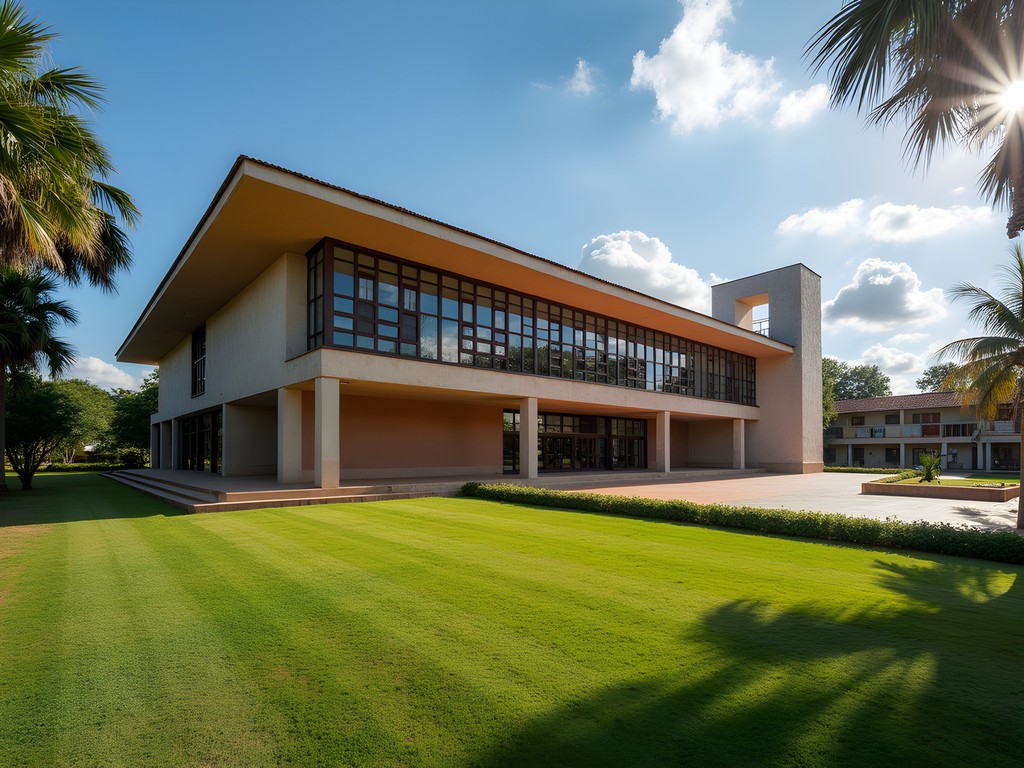
💡 Pro Tips
- Visit early in the morning when the museum is quietest and coolest
- Hire a guide—their personal stories add invaluable context to the exhibits
- Allow at least 2-3 hours to fully appreciate all seven galleries
A Culinary Adventure Through Butare's Markets
As a chef, markets are my cathedrals—and Butare's central market is worthy of pilgrimage. Unlike the more tourist-oriented markets in Kigali, this sprawling, multi-level marketplace pulses with authentic local life. The moment you step inside, a symphony of scents hits you: earthy coffee beans, sweet tropical fruits, and the distinct aroma of isombe—cassava leaves pounded into a silky paste.
My family travel philosophy has always been: if you want to understand a culture, eat what the locals eat, where they eat it. So I arranged a market cooking experience through our guesthouse, where we were paired with Mama Clementine, a local grandmother with culinary skills that would humble many professional chefs I've worked with.
Under her patient guidance, we wandered through the market selecting ingredients: firm green plantains for matoke, vibrant red beans for a stew, and a rainbow of vegetables I couldn't name but quickly came to love. What impressed me most was how Rwandan cuisine makes magic from simple ingredients—transforming humble beans and plantains into complex, layered dishes through technique and time.
Back in her outdoor kitchen, Mama Clementine showed us how to prepare isombe with groundnut sauce, a dish that requires rhythmic pounding of cassava leaves until they transform from tough to silky. My travel journal quickly filled with hastily scribbled recipes and techniques I was desperate not to forget.
The children in our group were initially hesitant but soon became the most enthusiastic participants—taking turns stirring the bubbling pots and grinding spices in wooden mortars. By mealtime, they were proudly serving dishes they'd helped prepare, their faces beaming with accomplishment.
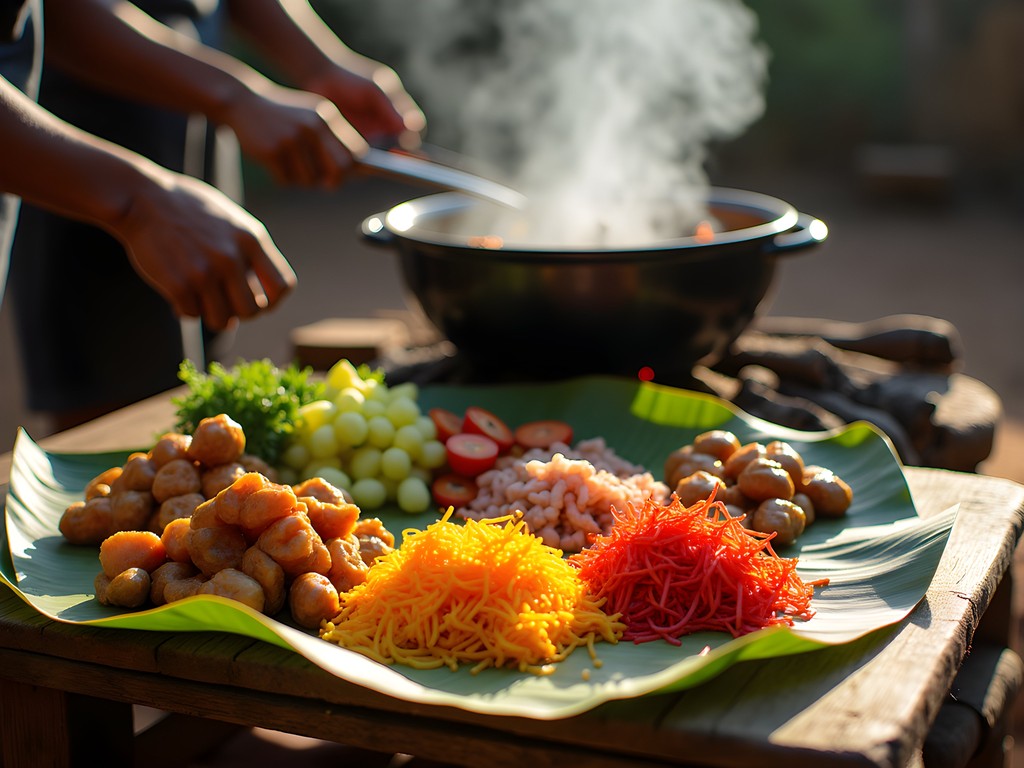
💡 Pro Tips
- Ask your accommodation to arrange a market cooking class with a local family
- Visit the market early (around 7-8am) when produce is freshest
- Bring small Rwandan franc bills for purchases—vendors rarely have change for large notes
The National University of Rwanda: Where Past Meets Future
Butare's identity as Rwanda's intellectual center revolves around the National University of Rwanda, the country's oldest and most prestigious higher education institution. What makes this campus worth visiting isn't just its lovely grounds—though the jacaranda-lined paths are indeed spectacular when in bloom—but the vibrant energy of Rwanda's future leaders walking its paths.
I'm always drawn to university districts when traveling; they offer a window into a country's aspirations and youth culture that tourist zones simply can't provide. Here in Butare, the contrast between the colonial-era architecture and the forward-thinking conversations happening inside those buildings tells a powerful story of transformation.
We spent an afternoon exploring the campus, guided by Olivier, a literature student who moonlights as a campus tour guide. He showed us the impressive library (open to visitors), art installations created by students, and introduced us to the university's famous ice cream shop—a surprisingly delicious treat in this highland city.
What made this experience particularly special for families was the university's community outreach program, where visitors can arrange to join student-led workshops. Our group participated in a traditional dance class organized by the cultural studies department. The children in our group were initially shy but soon found themselves laughing alongside Rwandan students as they attempted the intricate footwork of intore dances.
Olivier explained that these dances once belonged exclusively to the royal court but are now taught widely as part of cultural preservation efforts. Watching the university students demonstrate these ancient movements while dressed in jeans and t-shirts perfectly encapsulated Rwanda's balance of honoring tradition while embracing modernity.

💡 Pro Tips
- Email the university's tourism office in advance to arrange student-guided tours
- Visit during term time (February-May or September-November) when campus is most active
- Check bulletin boards for public lectures or performances you might attend
The Nyanza Royal Palace: Rwanda's Regal Heritage
Just a short drive from Butare lies one of Rwanda's most significant historical sites—the reconstructed Royal Palace at Nyanza. This isn't just a museum; it's a living monument to Rwanda's pre-colonial monarchy and traditional architecture.
The compound features two distinct structures that tell the story of Rwanda's transition: a traditional domed palace made entirely of natural materials (no nails!), and a more European-style brick palace built for King Mutara III Rudahigwa in the 1930s. The contrast between these buildings speaks volumes about the cultural crossroads Rwanda navigated during the colonial period.
What makes this site particularly magical for families is its resident herd of inyambo—sacred long-horned cattle that were central to traditional Rwandan culture. These aren't ordinary cattle; they're treated as royalty themselves, with dedicated handlers who sing to them and groom their magnificent horns. The children in our group were mesmerized by these gentle giants and the rhythmic chanting of their caretakers.
Our guide, Jean-Claude, demonstrated traditional techniques for making imigongo—geometric art created using cow dung mixed with ash and natural pigments. Initially met with wrinkled noses from the kids, this demonstration quickly became a favorite as they watched simple materials transform into striking black, white, and red patterns.
Before our visit, I picked up a compact binoculars which proved invaluable for spotting details on the palace's intricate reed ceiling and examining the inyambo cattle's elaborate horns from a respectful distance. For families with curious children, these were worth their weight in gold, allowing kids to observe details without getting too close to the more delicate historical elements.

💡 Pro Tips
- Visit in late afternoon when the light makes the traditional palace glow golden
- Bring small bills to tip the inyambo caretakers after their demonstrations
- Ask about the symbolism of the geometric patterns in the royal compound—each has specific meaning
Connecting Through Craft: Workshops for All Ages
One of my core travel philosophies is that making something with your hands creates a connection to a place that lasts far longer than any souvenir you could buy. In Butare, opportunities for hands-on cultural engagement abound—perfect for families seeking meaningful experiences beyond observation.
My favorite discovery was the Nyamagabe Women's Cooperative, located about 30 minutes from Butare's center. Here, women who survived the 1994 genocide have built a powerful community around traditional crafts. Their workshop welcomes visitors to learn basket weaving, pottery, and textile arts alongside the artisans.
I arrived planning to spend an hour and ended up staying all day. There's something profoundly moving about sitting in a circle with these women, their fingers working nimbly as they share stories—some in broken English, others translated by younger members. The children in our group were given simpler projects with colorful materials, creating friendship bracelets using traditional patterns.
For families with teens, I highly recommend the drumming workshops at the Inganzo Cultural Center. Drumming is deeply woven into Rwandan cultural expression, and these interactive sessions teach not just technique but the communication system behind traditional drum patterns. Our guide explained how drums once served as Rwanda's broadcast system—different rhythms communicating specific messages across hillsides.
To document these experiences, I used my action camera which was perfect for capturing immersive moments without being intrusive. The women at the cooperative were delighted to see time-lapse footage of their baskets taking shape, and the waterproof case meant I didn't worry when afternoon showers passed through during our outdoor drumming session.
What makes these workshops special is their authenticity—these aren't performances for tourists but genuine cultural practices that visitors are invited to join. The finished crafts you'll take home might be imperfect, but they carry stories and connections that mass-produced souvenirs never could.
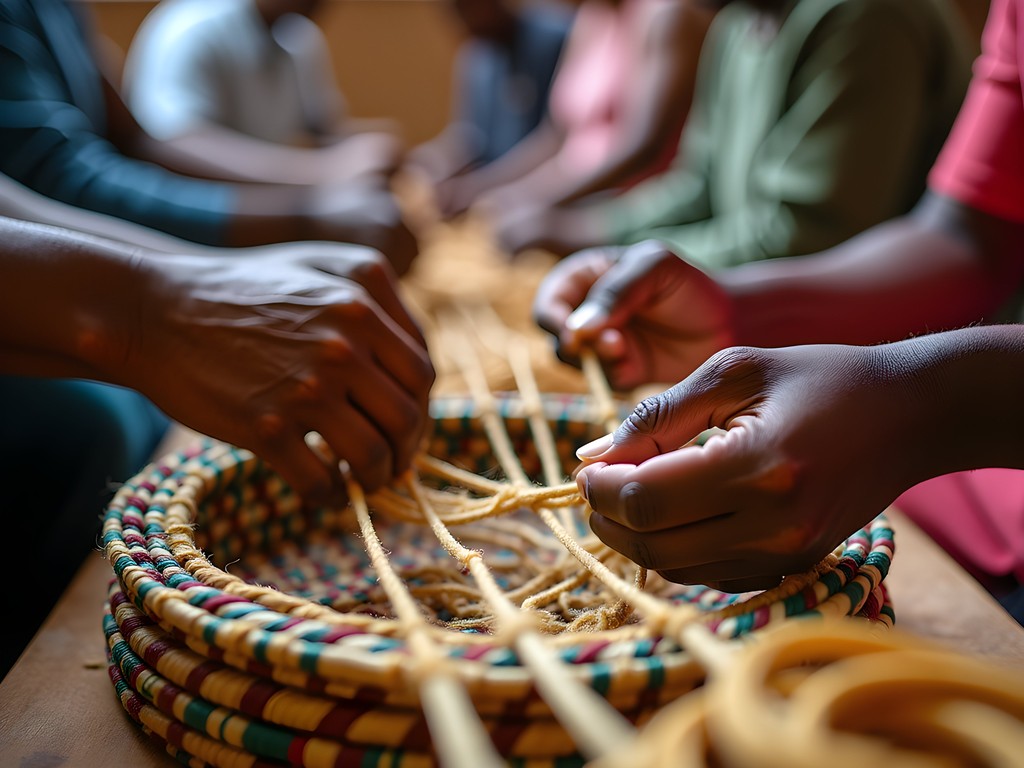
💡 Pro Tips
- Book workshops at least 2-3 days in advance through your accommodation
- Bring twice the cash you think you'll need—you'll want to purchase beautiful finished crafts after trying to make your own!
- Wear clothes that can get dirty, especially for pottery workshops
Final Thoughts
As our week in Butare came to a close, I found myself reflecting on how this often-overlooked city had transformed our understanding of Rwanda. Beyond the gorilla treks that draw most travelers, we discovered a cultural landscape as rich and layered as the country's famous thousand hills. Through food, craft, music, and most importantly, people, Butare offered my family something increasingly rare in travel—authentic connection. The children in our group left with more than souvenirs; they carried new perspectives, having engaged with history not just through museums but through the stories of those who live it. If you're planning a Rwandan journey, I urge you to look beyond the expected. Give your family the gift of time in Butare, where Rwanda's heart beats strongest, where its future is being written in university classrooms, and where its traditions are kept alive in kitchens, workshops, and palace grounds. This is where Rwanda truly reveals itself—not just as a destination, but as a profound human experience that will stay with you long after you've returned home.
✨ Key Takeaways
- Butare offers cultural immersion opportunities perfect for families seeking authentic connections
- Hands-on workshops in cooking, crafts, and music create meaningful cross-cultural experiences for all ages
- Rwanda's complex history and bright future come alive through personal interactions rather than passive tourism
- The combination of museums, markets, and community experiences provides a complete picture of Rwandan culture
📋 Practical Information
Best Time to Visit
year-round, with June-September offering the most reliable dry weather
Budget Estimate
$80-150 per day per person including accommodation, food, activities and transportation
Recommended Duration
3-4 days minimum, ideally as part of a 7-10 day Rwanda itinerary
Difficulty Level
Easy To Moderate - Suitable For Families With Children Of All Ages
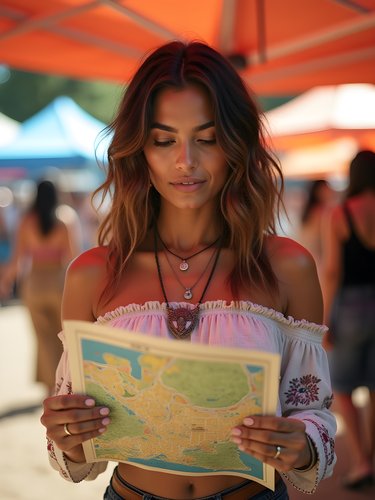



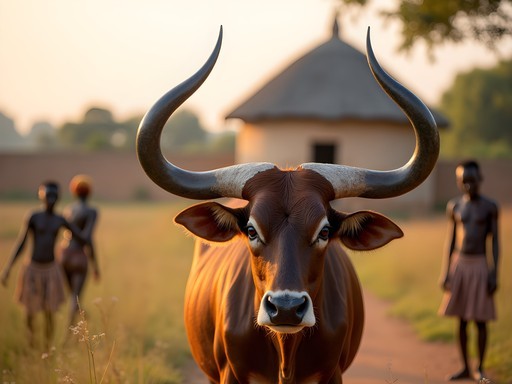



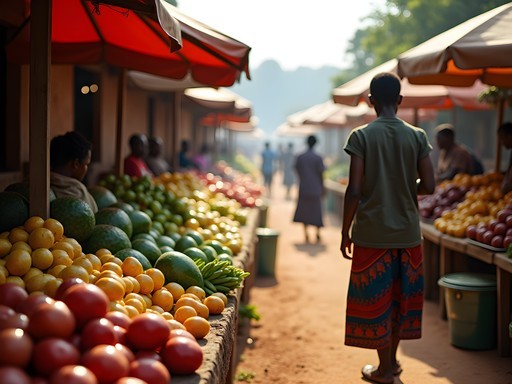







Comments
beachnomad
Did anyone visit during rainy season? Planning for November and wondering if it affects museum visits or the palace tour?
Sage Dixon
I was there in November two years ago! Rain typically comes in short, heavy bursts rather than all-day drizzles. Museums are fine, and for the palace, just go during morning hours when it's typically clearer. Bring a light rain jacket and you'll be fine!
oceanace
Just got back from Rwanda last month and Butare was the unexpected highlight! The National University area has such a vibrant energy. We stumbled upon a student art exhibition that wasn't even on our itinerary. Pro tip: try the sambaza (small fish) at the market stalls near the bus station - sounds simple but it was one of our best meals in Rwanda. Also, the coffee at Inzora Rooftop Cafe is phenomenal. They source beans from women-owned cooperatives and the baristas really know their craft. Great place to chat with locals too!
beachnomad
How did you get around in Butare? Public transport or private driver?
oceanace
We used a mix! Private driver for arrival/departure, but within Butare we walked most places or used moto-taxis for longer distances. Super affordable and fun way to get around!
wildway
Those market photos are incredible! The colors! 😍
Sage Dixon
Bella, you've captured the essence of Butare beautifully! I was there during the cultural festival last September and it transformed my understanding of Rwandan identity. One experience I'd add: visit the women's cooperative near the university where they make the most stunning traditional imigongo art (geometric cow dung paintings). The ladies taught me their techniques during a half-day workshop, and I left with both a deeper appreciation and my own (admittedly amateur) creation. For accommodations, we stayed at a small guesthouse run by a professor who shared fascinating stories each morning over breakfast. I documented the entire experience in my travel journal which has become my most treasured souvenir from Rwanda.
wildguide
How many days would you recommend for Butare if we're already doing 3 days of gorilla trekking? Is it worth the detour?
oceanace
Not OP but we did 2 days in Butare and it was perfect. Enough time for the museum, palace, and to wander the markets. Definitely worth it!
Amit Sullivan
Bella, this brought back such wonderful memories! I spent three weeks in Rwanda last year and dedicated four full days to Butare. The Ethnographic Museum is truly world-class - I was particularly moved by the traditional craftsmanship displays. One tip for visitors: arrive early (around 9am) to catch the local university students who sometimes volunteer as unofficial guides. Their personal insights added layers of understanding I would have missed otherwise. Also, don't skip the small pottery workshop behind the museum where you can try your hand at traditional techniques. It was humbling to be so terrible at something the local artisans make look effortless!
beachnomad
Is it safe for solo female travelers? Planning a trip there next year.
Amit Sullivan
Absolutely! Rwanda is one of the safest countries I've visited in Africa. Just use standard travel precautions. The locals in Butare are incredibly welcoming.
reddiver
Finally! Someone writing about the other side of Rwanda. Gorillas are amazing but there's so much more.
Frank Garcia
Just got back from Rwanda last month and completely agree that Butare deserves more attention! The Ethnographic Museum blew me away - the collection of traditional crafts is incredible. One tip I'd add: take the local bus from Kigali instead of a private transfer. It's not only cheaper but gives you a chance to chat with locals. The food markets were a highlight for me too - tried isombe for the first time and now I'm obsessed. Did you get to visit any of the local craft workshops? There's an amazing basket weaving cooperative just outside town that offers demonstrations.
Bella Hayes
We did the public transportation too and it was great! So much more authentic. And yes, we visited that same cooperative! The precision in their basket weaving was mind-blowing. Did you try the banana beer while you were there?
Frank Garcia
The banana beer! How could I forget? Definitely an acquired taste but part of the experience. I documented my whole Rwanda trip with my travel journal - best purchase for keeping track of all these amazing cultural experiences.
rwandafan22
The basket weaving cooperative is amazing! They ship internationally now too if anyone wants to support them after their visit.
globewanderer
This is so refreshing! Everyone talks about gorilla trekking but I've been looking for more cultural experiences. How much time would you recommend spending at the Ethnographic Museum? And did you need a guide?
Bella Hayes
Thanks! I'd say at least 2-3 hours for the museum if you want to really take it all in. We didn't hire a guide but ended up joining a university tour group that happened to be there - totally enhanced the experience! The staff are super knowledgeable too if you have questions.
globewanderer
Perfect, thanks for the tip! Adding this to my itinerary for sure.
roamseeker
Love the photos of the market! Those colors are incredible. Adding Butare to my bucket list!
Venture X
Premium card with 2X miles, $300 travel credit, Priority Pass